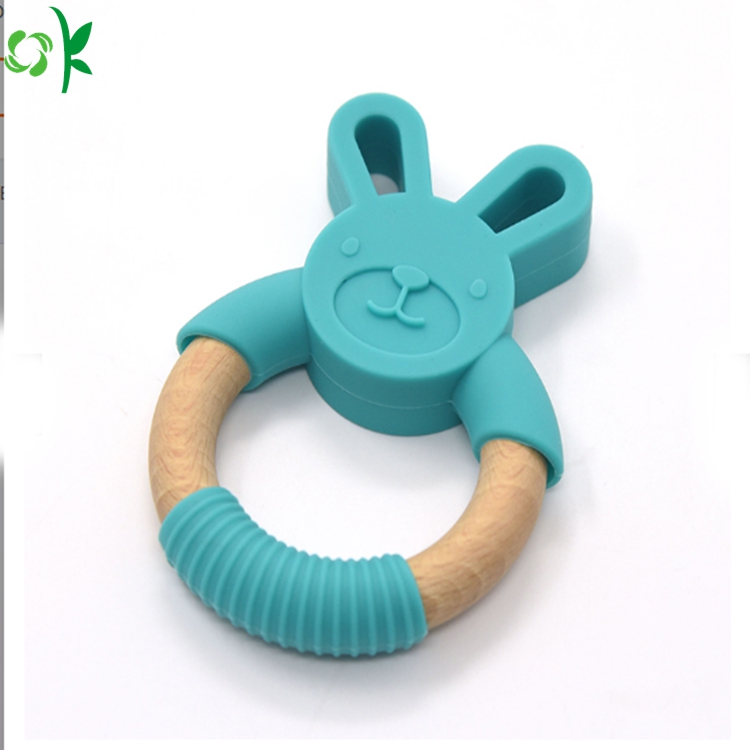A: METTLER TOLEDO's conductivity meters typically use a metal four-ring electrode. When measuring, it is required that all four metal rings on the electrode be immersed below the liquid surface, and when part of it is on the liquid surface, it will cause the reading to jump.
Question: Installation Question: Portable Conductivity Meter. Sometimes the value is always displayed as zero after the electrode is inserted?
A: The reason is that the electrodes are not completely connected to the meter. Then turn off the power first, then pull out the electrode and reinstall it.
Problem: Calibration problem: Why is the lock at 1358uS/cm when calibrated in the 1413uS/cm standard?
A: The standard solution temperature is not 25°C.
1413uS/cm is the conductivity value of the standard solution at 25°C. When the temperature deviates from 25°C, the meter will automatically calculate and correct the conductivity value under the actual temperature. Question: Measurement Question: Why Conductivity Meter Measurement Value and Empirical Value A big difference?
A: The calibration data is not stored because the standard solution is set incorrectly or after calibration.
The Seven Series Conductivity Meter uses a one-point calibration method, which must be set correctly in the meter before calibration. If there is a large difference in the measured values, you can observe the cell constants to determine if the calibration is correct.
The electrode constant reference value: InLab730/InLab710 is about 0.6; InLab720 is about 0.06; InLab740 is about 0.08
Problem: Measurement Problems: What Does TDS Mean in a Conductivity Meter?
A: TDS (TotalDisolvedSolid) refers to the total amount of dissolved solids in the solution, the unit can choose mg/L or ppm.
The TDS of the solution is in proportion to the conductivity of the solution. This ratio is called the solid factor. The solid factor can be set between 0.4 and 1.0 depending on the sample.
About Baby teether
Why do babies need to use a teether?
Because the baby's gums will be itchy during the growth of the baby's deciduous teeth. The lleviate the discomfort of the baby during the growth of the deciduous teeth. It not only relieves gum discomfort, strengthens the gums, aligns the teeth after avoids dislocation of the teeth, and exercises the baby's grasping ability and chewing ability. As the teeth grow, babies can improve coordination between their hands and feet by sucking and chewing their teeth, It can promote the development of intelligence ; When the baby is frustrated and unhappy, tired and wants to sleep or loneliness, he will also get psychological satisfaction and security by sucking the pacifier and the teether. More importantly, the food-grade silicone molars are non-toxic and odor-free, safe and environmentally friendly, The baby is very happy to use it, and the mother can buy it with confidence.
Product introduction:
1.Product name:Silicone teether,Silicone baby teether,Silicone teether animal,Food grade silicone teether,Silicone teether toy,Bear silicone teether2.Place of origin:Guangdong China
3.Color:any pantone color
4.Logo:printing,debossed,embossed
5.MOQ:500pcs.
6.Package:1 pcs/opp,customized design is available.
7.Design:Customized/stock
8.Certification:FDA,LFGB,SGS,ROHS,etc.
9.Usage:exersise baby's chewing
10.Silicone baby teether photos for reference.

Silicone Teether,Silicone Baby Teether,Silicone Teether Animal,Food Grade Silicone Teether,Silicone Teether Toy,Bear Silicone Teether
Dongguan OK Silicone Gift Co., Ltd. , https://www.dgsiliconewearablegifts.com